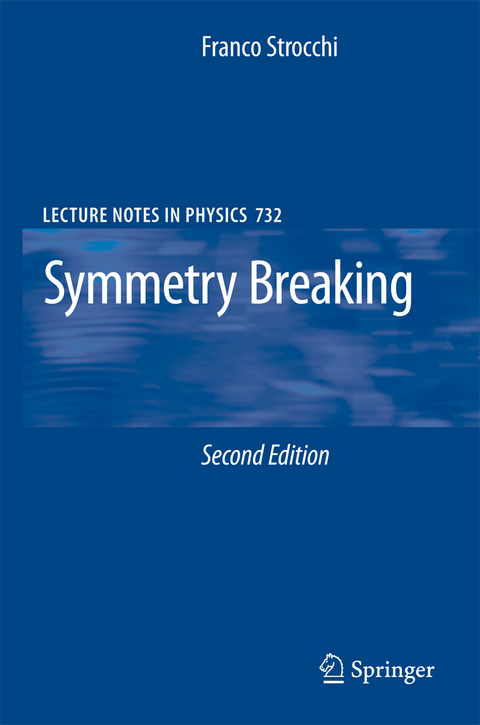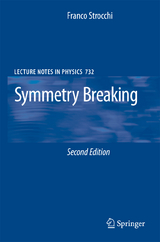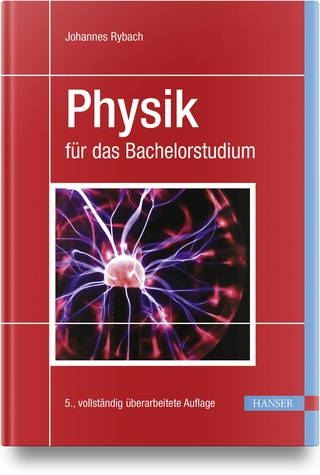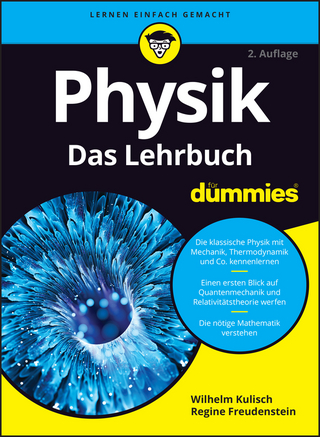Symmetry Breaking
Springer Berlin (Verlag)
978-3-540-73592-2 (ISBN)
- Titel erscheint in neuer Auflage
- Artikel merken
Symmetry Breaking in Classical Systems.- Symmetries of a Classical System.- Spontaneous Symmetry Breaking.- Symmetries in Classical Field Theory.- General Properties of Solutions of Classical Field Equations.- Stable Structures, Hilbert Sectors, Phases.- Stability under Space Translations. Positive Energy.- Noether Theorem and Symmetry Breaking.- Examples.- The Goldstone Theorem.- Symmetry Breaking in Quantum Systems.- Quantum Mechanics. Algebraic Structure and States.- Fock Representation.- Non-Fock Representations.- Mathematical Description of Infinitely Extended Quantum Systems.- Physically Relevant Representations.- Cluster Property and Pure Phases.- Examples.- Symmetry Breaking in Quantum Systems.- Examples.- Constructive Symmetry Breaking.- Symmetry Breaking in the Ising Model.- Thermal States.- Fermi and Bose Gas at Non-zero Temperature.- Quantum Fields at Non-zero Temperature.- Breaking of Continuous Symmetries. Goldstone’s Theorem.- The Goldstone Theorem at Non-zero Temperature.- The Goldstone Theorem for Relativistic Local Fields.- An Extension of Goldstone Theorem to Non-symmetric Hamiltonians.- Symmetry Breaking in Gauge Theories.- Erratum.- Erratum.
| Erscheint lt. Verlag | 19.11.2007 |
|---|---|
| Reihe/Serie | Lecture Notes in Physics ; 732 |
| Zusatzinfo | X, 216 p. |
| Verlagsort | Berlin |
| Sprache | englisch |
| Maße | 155 x 235 mm |
| Gewicht | 460 g |
| Themenwelt | Naturwissenschaften ► Physik / Astronomie ► Allgemeines / Lexika |
| Schlagworte | Algebraic Structure • Gauge Theory • Goldstone Theorem • Higgs Mechanism • Mathematical Physics • Particle physics • quantum mechanics • Spontaneous Symmetry Breaking • theoretical physics |
| ISBN-10 | 3-540-73592-5 / 3540735925 |
| ISBN-13 | 978-3-540-73592-2 / 9783540735922 |
| Zustand | Neuware |
| Haben Sie eine Frage zum Produkt? |
aus dem Bereich




